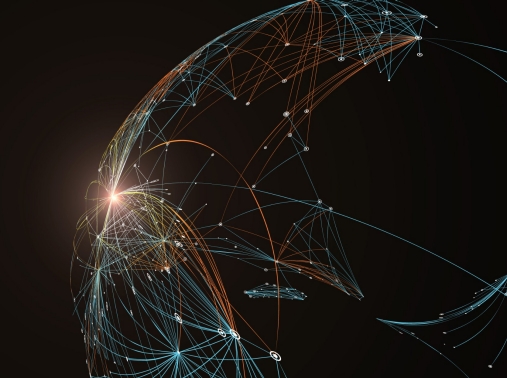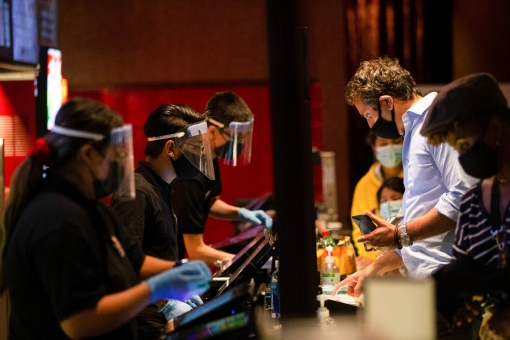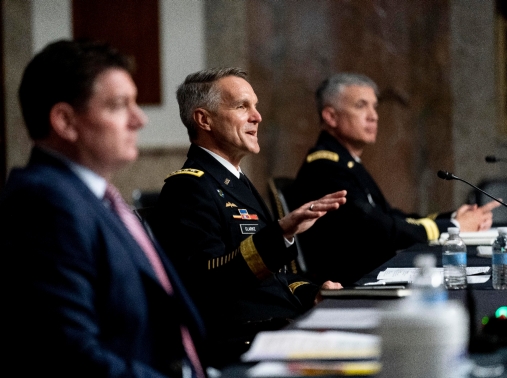|
|
RAND research and commentary on the issues that matter most
|
May 13, 2021
|
|
|
|
|
Photo by lithiumphoto/Adobe Stock
|
|
|
|
|
To learn more about how American schools chose to operate during the pandemic—and how these choices might affect students—RAND surveyed a nationwide group of more than 400 school district leaders.
Their responses show stark differences between urban and rural districts. About 42 percent of rural school districts offered fully in-person instruction as of February, compared with only 17 percent of urban districts. Conversely, 29 percent of urban school districts offered fully remote instruction, compared with 10 percent of rural districts.
The choice between in-person instruction and remote learning has important implications. More than one-third of the districts that offered some form of remote instruction had shortened the school day, and about one-quarter had reduced instructional minutes.
Rural districts did not decrease instructional minutes as often as urban districts. This suggests that urban students of color have likely lost more instructional time this school year than their white counterparts in rural districts. Read more »
|

|
|
Food blogger Katy McAvoy reaches to hang up daughter Paige's jacket after her return from school in Grand Rapids, Michigan, March 2, 2021. Photo by Emily Elconin/Reuters
|
|
The pandemic has shown that America's policy approach to mothers may be misguided, says RAND economist Kathryn Edwards. And if the 2 million women who've left the workforce during this crisis don't return, then the economy will suffer. The potential economic gains of supporting mothers in the workforce are large and diffuse, Edwards says. “Mothers could be the centerpiece of labor market recovery, or the reason for its weakness.”
Read more »
|
|

|
|
Image by liuzishan/Getty Images
|
|
A ransomware hack last week led to the shutdown of one of America's largest fuel pipelines. The incident highlights the growing threat of cyberattacks and their potentially devastating consequences. A new RAND report introduces a model that could help organizations better protect their systems by predicting and preventing such attacks. Notably, the authors used real data—from a phishing campaign that targeted RAND in 2018 and 2019—to test the model.
Read more »
|
|

|
|
Moviegoers buy concessions before the movie Godzilla vs. Kong on the reopening day of the TCL Chinese theatre in Los Angeles, California, March 31, 2021. Photo by Mario Anzuoni/Reuters
|
|
As state and local policymakers grapple with how to reopen their economies, RAND researchers are working to understand which strategies may work best. They used high-powered computing to simulate the outcomes of nearly 80 reopening plans under 20,000 plausible future scenarios in California. Generally, they found that the best plans begin cautiously; encourage low-cost measures, such as mask-wearing indoors; and adapt gradually as more people are vaccinated.
Read more »
|
|

|
|
A hearing on Capitol Hill is held as part of the review of the Defense Authorization Request for fiscal year 2022 and the Future Years Defense Program, March 25, 2021. Photo by Andrew Harnik/Pool/Sipa USA
|
|
Determining the size of the U.S. defense budget requires balancing trade-offs. While a larger budget provides more funds to promote America's global interests, it also reduces the funding available for domestic programs. According to a new RAND report, prioritizing defense spending over infrastructure investment might undermine economic growth. In the long run, this could limit resources available for defense.
Read more »
|
|

|
|
President Rodrigo Duterte speaks at Davao International airport in Davao City in southern Philippines, September 8, 2018. Photo by Lean Daval Jr./Reuters
|
|
Since his election in 2016, Philippine President Rodrigo Duterte has consistently made anti-U.S. and pro-Chinese declarations. But according to RAND's Derek Grossman, China's aggressive behavior in the South China Sea has made it virtually impossible for Duterte to maintain this stance. “Duterte is becoming less of a headache for Washington and more of one for Beijing, and that is a good thing for U.S. strategy in the Indo-Pacific,” he says.
Read more »
|
|
|
What do satellite images reveal about China's disappeared Uyghurs? How can supporting inventors benefit society? What obstacles has Puerto Rico faced in recovering from Hurricane Maria?
|
|
|
|
|